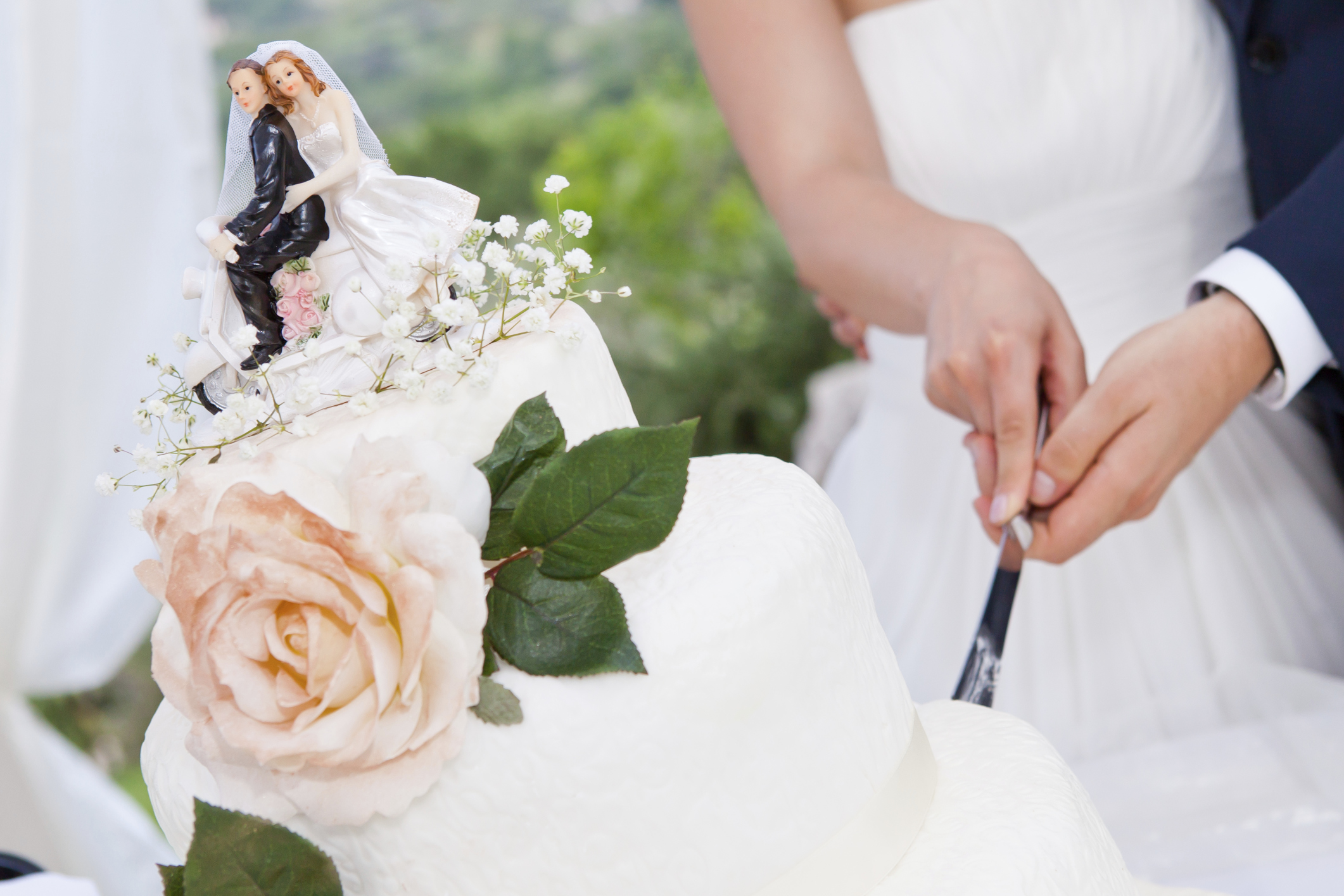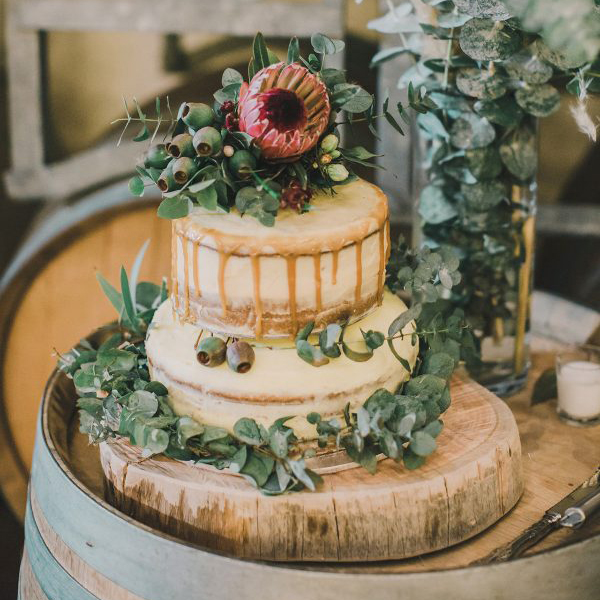One of the tastier aspects of wedding planning – deciding on the icing for your cake! While it might not seem like a big deal, the type of icing you choose will have an impact on the look and finish of your wedding cake as well as the taste. Here are three common types of wedding cake icing.
Option 1: Butter cream icing
Butter cream just consists of icing sugar and butter, giving a very a textured finish, and is perfect for icing wedding cakes for more casual events where the cake will all be eaten on the day. Butter cream icing is a tasty way to ice a cake, and it is egg free as well. The icing can be spread directly onto the cake without using a base layer, and butter cream is frequently used for decorating cupcakes. It can be piped to provide your cake with a swirling look, but the piping will be extremely soft so extra attention needs to be given during transportation so that the icing doesn’t get damaged. If you’re using buttercream, it’s a good idea to have your cake iced at the venue.
Option 2: Fondant icing
Fondant icing is made by adding liquid glucose is to icing sugar and egg whites, which creates a soft feel. It can be used to create simple shapes, but is generally too soft for intricate designs and piping. Fondant icing can be added on top of lighter sponge cakes, although it still needs a base layer between the cake and the icing, and it provides you with an entirely smooth and even finish which never sets completely hard.
Option 3: Royal icing
Royal icing is very similar in taste to fondant icing and it is created from pure icing sugar and egg whites. It tends to set extremely hard so is often the best alternative is you want detailed piping and wonderful shapes. Royal icing is relatively heavy so should be used on a dense cake like a fruit cake, and you are required to add a layer of marzipan or jam between your cake and the icing. Royal icing is generally used in icing cakes for very upscale weddings.




